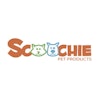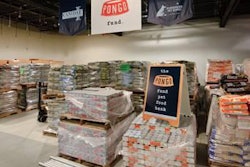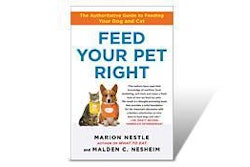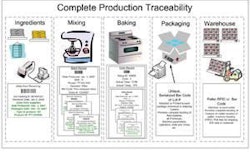The pet food mycotoxin survey conducted by Nutriad in 2016 concluded that this year’s premium and super premium pet food in Brazil is of concerning quality in terms of mycotoxin contamination. Based on the results of this survey, it is the belief that pet food which contains grain should not be considered safe for cats and dogs in Brazil. Grains and grain by-products such as maize, maize gluten meal, wheat, soya etc. are the most important sources of mycotoxins in pet food.
The 2016 Nutriad Mycotoxin Survey included 14 commercially available dry pet food (cat and dog) samples bought in Brazil. The 14 dry pet foods of premium and super premium brands were purchased in regular pet shops in Brazil. Almost 100 analyses were conducted to test for the presence of the seven mycotoxins most frequently found in agricultural commodities intended for pet food production. The survey provided an insight into the incidences of aflatoxin B1 (AfB1), ZEN, deoxynivalenol, T-2 toxin, fumonisin B1 (FB1), fumonisin B2 (FB2), and ochratoxin A (OTA) across all regions of Brazil.
The results from the survey showed that 93% of the pet food samples were contaminated with FB1 and 85% with FB2. Almost 22% of the samples contained AfB1. Most of the identified mycotoxins were in concentrations regarded as medium (>LOD but below EU recommendation levels) while the highest concentrations of FB1 and FB2 found reached 2831 μg/kg and 2609.8 μg/kg respectively. 42.85% of the samples contained ZEN, a mycotoxin which affects reproductive performance in breeding animals. Its maximum concentration reached 76.5 μg/kg, a level which is not significant. As expected, none of the samples contaminated DON, T-2 toxin and OTA, a known typical storage mycotoxin.

















